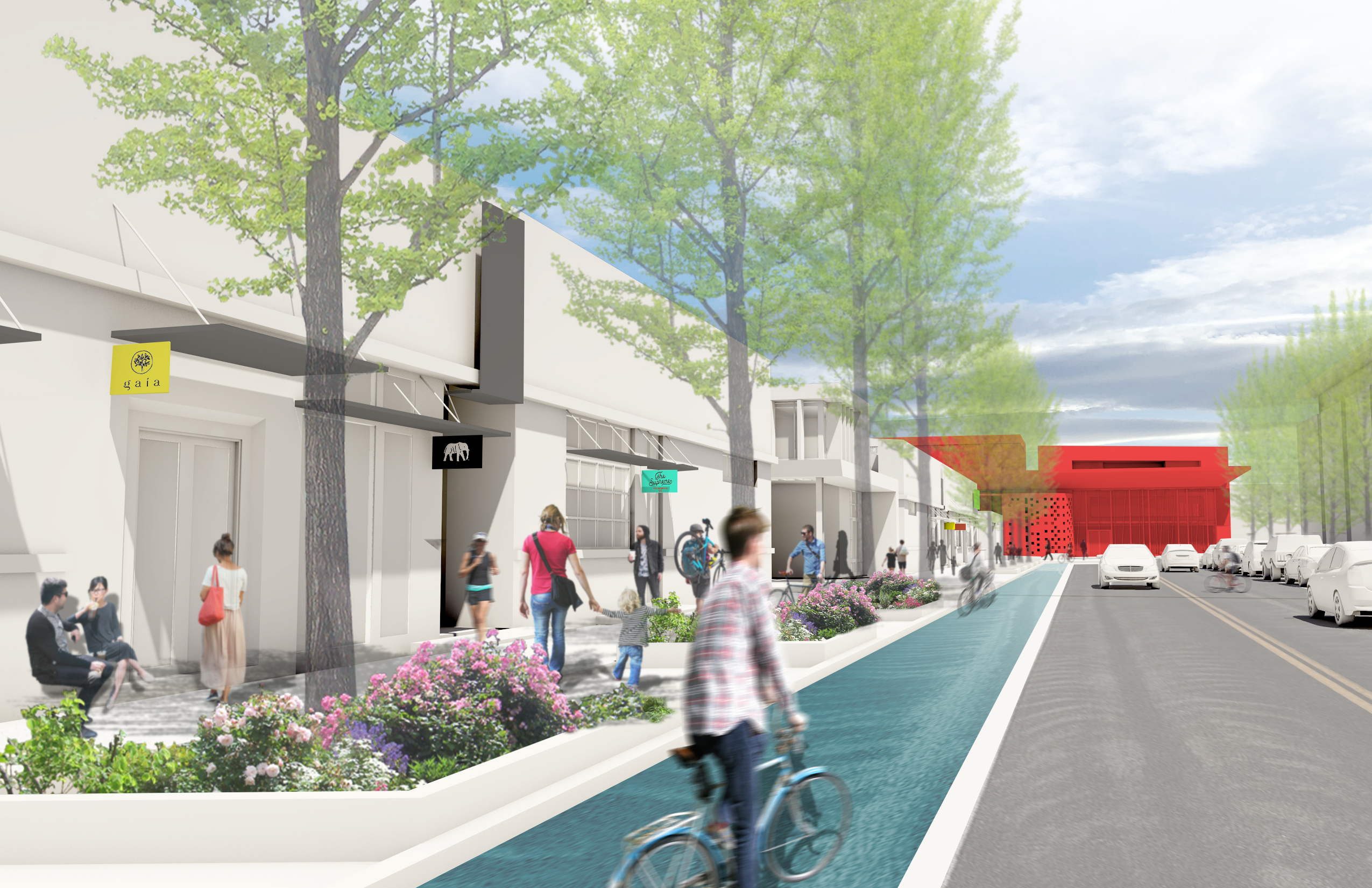
By Clif Dayton, PE, R&R Engineers-Surveyors, Inc.
Though sustainable design practices have been around for centuries, in the last twenty-five years, sustainable design practices have been more prevalent in building codes. The 21st century phrase, & “sustainable design” is best defined by what it does: It reduces the negative impacts on the environment, while increasing the health and comfort of building occupants — all while improving the performance of the building and the site.
The basic objective of sustainability is to reduce the consumption of non- renewable resources (coal, natural gas, and oil), minimize waste, and help create a healthy environment. Practicing sustainable development includes design changes to the building itself, as well as to the surrounding site. The changes to the site offer benefits to the environment and for the public and private use of the land.
Site design elements include the ability to optimize site potential, minimize non-renewable energy consumption, use environmentally preferred products, protect and conserve water, enhance indoor and outdoor environmental quality, and optimize operational and maintenance practices.
Furthermore, sustainable site development can add green space, be aesthetically pleasing, and provide for multi-use areas with recreational spaces. Applying sustainable design elements results in requiring less infrastructure, needing less asphalt and concrete surface, providing better water quality, and conserving water.
There are several different practices that can be put in place to increase the sustainability of a project. Green roofs and bio-retention filters, also known as rain gardens, are great examples. Green roofs became the vogue in 2018, when the City and County of Denver adopted a green building ordinance that includes requirements for green roofs in certain applications. After the ordinance was passed, R&R began work on a Fairfield Inn & Suites by Marriott development that required a green roof. After coordinating with the design team and educating our out-of-state client, this Denver project is nearing permit approvals and start of construction.
Green roofs provide three major sustainable impacts for a project:
1) Water Quality – Green roofs act as a rainwater buffer that purifies the rainwater. By purifying the rainwater, the downstream need for a mechanical filter is reduced or eliminated. This reduces cost and allows for more space on the site to be planned for green space and recreation.
2) Time Delay – Green roofs increase the time it takes for the rainwater to reach a storm sewer system. By increasing the time it takes for the rainwater to reach the storm sewer system, the size of the required infrastructure is reduced, which in turn reduces the development cost. It also allows for a smaller footprint for a detention pond freeing up more space on the site.
3) Cooler Temperatures – Green roofs help to reduce the ambient temperature. By reducing the ambient temperature, the building air conditioning doesn’t have to work as hard and the outside temperature is reduced in the immediate vicinity of the building. As more buildings become equipped with green roofs, the overall temperature in the city can be reduced.
Site designs can be made purposefully and intentionally sustainable. Rain gardens and pervious pavement help. Rain gardens are smaller collection points that implement a specific soil mix to filter water and slow its release — similar to a green roof. Rain gardens can be made to look very natural and can be blended into the design of the site. They are planted with native, drought-tolerant plant species.
Pervious asphalt and concrete slow the release of water to downstream facilities while filtering the water in the process. They have the added benefit of reducing icing since the water doesn’t stay on the surface and instead quickly passes through to underground piping systems. This helps reduce the heat island effect found in traditional asphalt paving and lower asphalt temperature. The use of rain gardens and pervious pavement can also reduce the size of downstream detention facilities, enabling for more developable space on a site.
R&R has utilized grade-level rain gardens as opposed to below-grade detention vaults on multiple projects due to its cost savings and ability to enhance site aesthetics. Currently R&R is using rain gardens and pervious surface design for the 14-acre High Iron 40 development located in Denver’s Elyria-Swansea neighborhood.
Denver is not the only area with sustainable and environmentally friendly regulations; many metropolitan areas across the nation have developed sustainability codes to reduce the effect of development on the environment. In response, developers today are increasingly incorporating sustainable design into their projects from the start, making them more common for new developments.
Knowledge and experience designing these types of systems is mission-critical to a successful sustainable design. Leadership in Energy and Environmental Design (LEED) accredited professionals can navigate the ordinances and bring the necessary knowledge needed to drive a project through the approval process.









